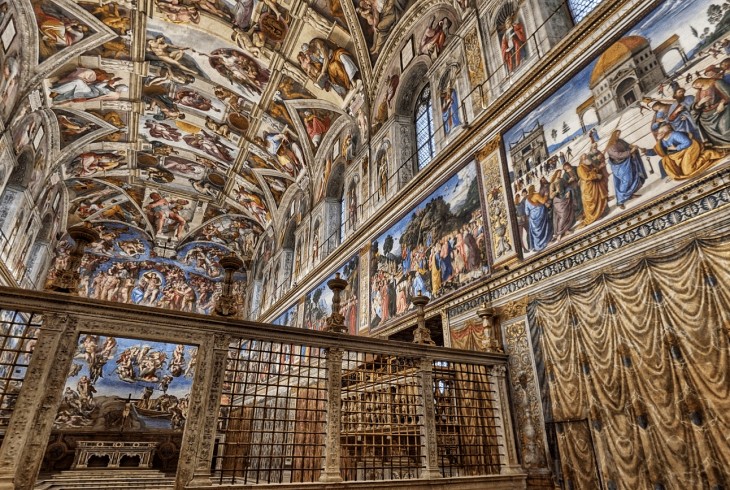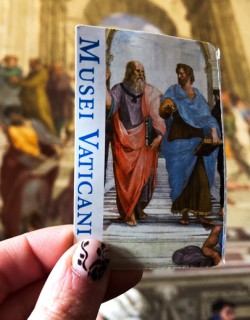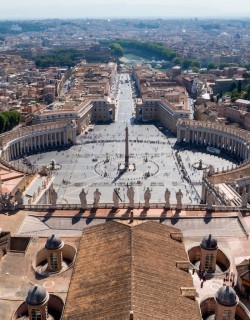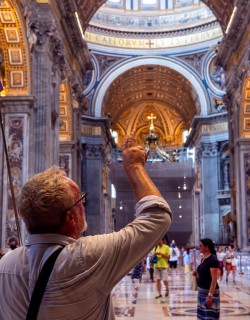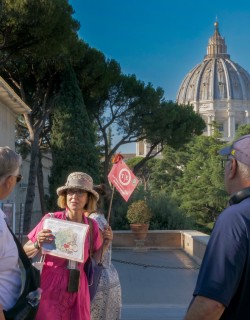From "Sede Vacante" to "Habemus Papam": All the Conclave Lingo You Need to Know
Since Pope Francis' passing on April 21st, the Vatican and its ancient and sacred rituals have been thrust into the media spotlight. The death of a Pope triggers centuries-old procedures and rites that will eventually see a new head of the Catholic Church revealed to the world on the loggia of St. Peter's Basilica. The official language of the Vatican is Latin, so many of the terms and rituals are in a language with which most of us are unfamiliar. We've decoded the language with our handy conclave glossary of need-to-know terms to help you make sense of the news in the days to come.
What are the Novemdiales?
This refers to the "nine days" of prayer and mourning after the death of a pope. It begins after the papal funeral, before the conclave begins. It is rooted in the ancient Roman tradition. Conclave cannot begin until the Novemdiales have been observed.
What is the Rogito?
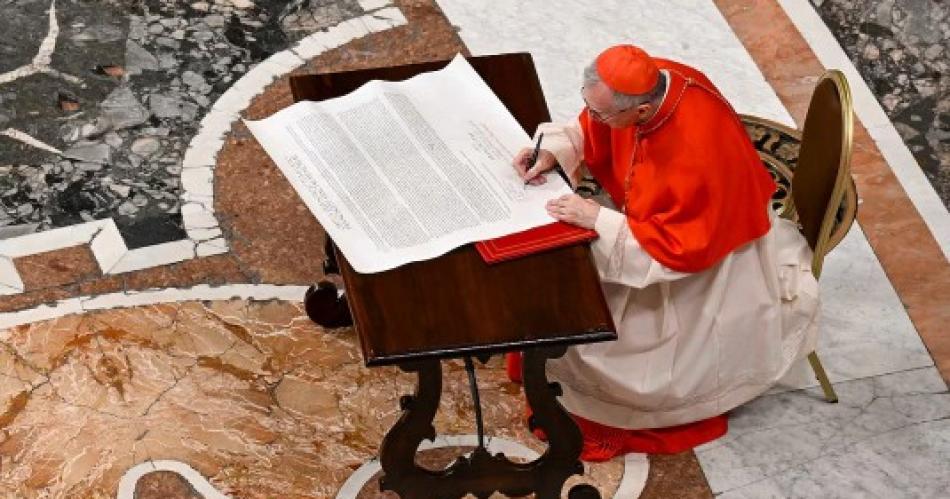
Cardinal Keven Farrell signs the 'Rogito' during the casket closing ceremony of Pope Francis
This is a deed summarizing a pope's life and papacy. The scroll is rolled, sealed with wax inside a tube, and placed in the casket of a dead Pope. The Pope is also buried with his "pallium" and various coins and medals from his papacy. A copy of the rogito is filed in the Vatican archive.
What does Conclave Mean?
From the. Latin: "cum clave," meaning with key. This is the name given to the closed-door gathering of the cardinal electors inside the Sistine Chapel to choose the new Pope. The term originated in the 13th century when the cardinals were literally locked inside the papal palace until the election was complete. This process must begin within 15-20 days of the death of a pope, and the cardinals are sequestered from the outside world for the duration.
What is the College of Cardinals?
These are the most senior clergy appointed by the Pope. The Dean of the College of Cardinals is Cardinal Giovanni Battista Re. There are 252 cardinals worldwide. Of these, 135 are cardinal electors, those under the age of 80 who are eligible to partake in the conclave.
Pope Francis appointed 108 of the cardinal electors (80%). Previously, more than half of the cardinal electors were from Europe, but the college is now geographically more diverse. Europe now represents 39%; 18% come from Asia, 18% from Latin America and the Caribbean, and 12% from sub-Saharan Africa. The age profile is also younger, with the youngest cardinal for the 2025 conclave, Cardinal Mykola Bychok, being 45 years old.
Who is the Camerlengo?

Cardinal Kevin Farrell (the current Camerlengo) affixes his Seal to Pope Francis' Coffin
This is the Vatican "Chamberlin" - the cardinal who oversees the Vatican during the "sede vacante" period. His roles include formally verifying the death of the Pope, breaking the "fisherman's ring," sealing the papal apartments, arranging the funeral, and overseeing the conclave. The current camerlengo is Irish-born Cardinal Kevin Farrell, who was appointed to the role in 2019.
What is Sede Vacante?
This is the "vacant seat" or "interregnum": the period of time between papal reigns. The seat of the Apostolic See, the throne of St Peter, is empty. The longest interregnum was in 1268 when there were 2 years and 9 months with no new pope.
What is the Fisherman's Ring?
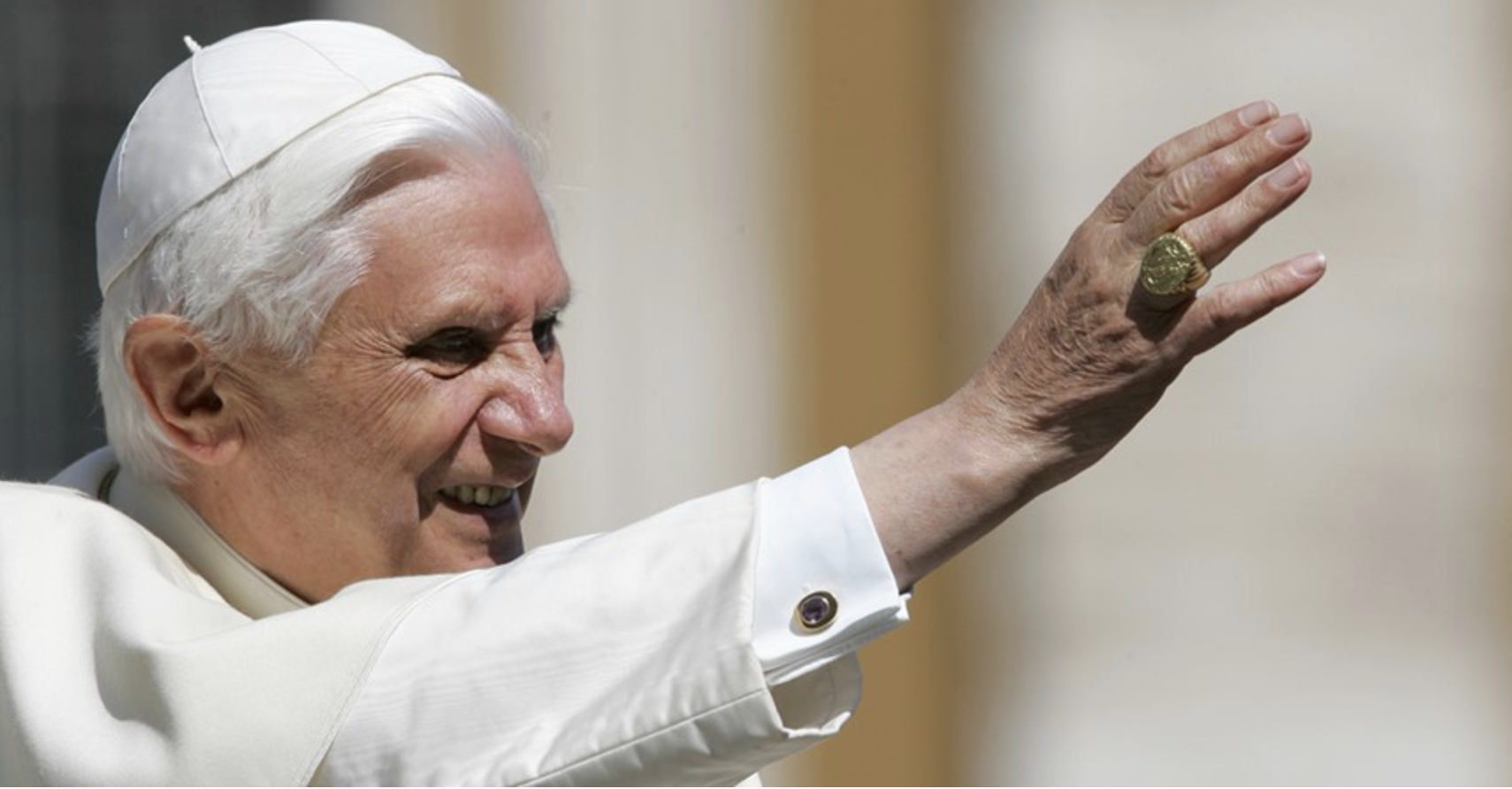
Pope Benedict XVI seen wearing his Fishermans Ring
This is the official ring worn by the Pope. The Pope is considered the direct successor to St Peter, whom Jesus told that he was to be a "fisher of men" (Mark 1:17). Historically, it wasn't just part of the papal regalia but was also used as an official seal for documents (along with a pendant called a "bulla"). This is why it was traditionally destroyed after a pope's death - to prevent forgeries. Today it is symbolically defaced rather than destroyed and marks the end of the Pope's authority. Some popes wore the ring daily, such as Pope Benedict XVI; others, like Pope Francis, wore it only on special occasions.
Where is the Domus Sanctae Marthae (Domus Santa Marta)?
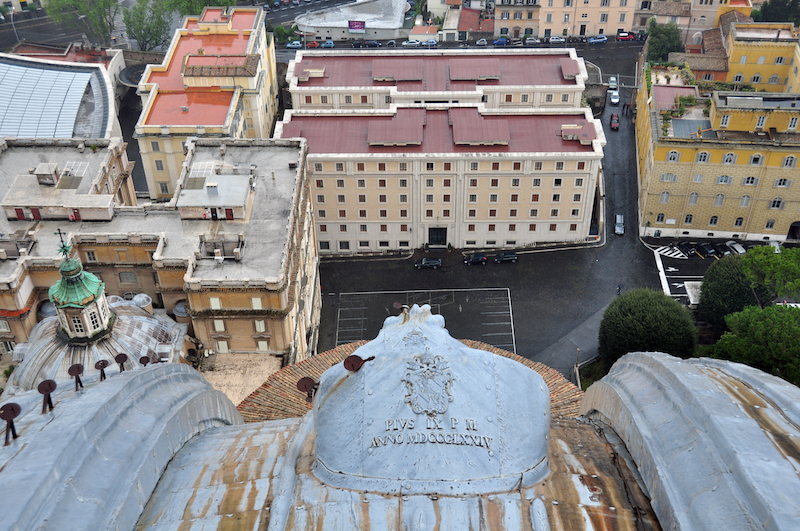
The Domus Santa Marta is the H-shaped building in the centre
This is a guesthouse located on the grounds of the Vatican Gardens. It was built by John Paul II in 1996 to house the cardinals during the conclave process. They eat and sleep here and are bused to the Sistine Chapel for the voting process. Pope Francis also chose this guesthouse as his residence during his papacy, eschewing the more traditional apartments in the Apostolic Palace.
What are the General Congregations?
These are a series of meetings held by the College of Cardinals before the start of the conclave. Here, they will discuss the preparations for the conclave, the direction of the Church in the future, and the ideal qualities that the new Pope might have. It's an unofficial campaign period during which those considered "papabile" will emerge.
What is the "Universi Dominici Gregis"?
This translates from the Latin meaning: "the Lord's whole flock." It is a Vatican constitutional document from 1996 that regulates the procedures surrounding the conclave. It's been amended slightly over the years, particularly in relation to what kind of majority is needed to elect a new pope. Today, a two-thirds majority is needed. If, after 12 days, this is not achieved, the top two candidates enter a head-to-head run-off. The winner must achieve a two-thirds majority, and neither cardinal is allowed to cast a ballot during that vote.
Who are the Papabile/Papabili?
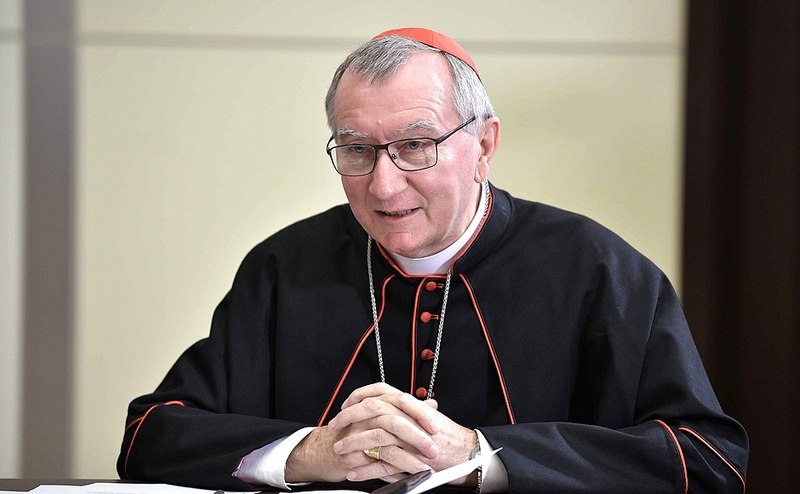
Cardinal Parolin is one of the current Papabili
These are the individuals who are considered "pop(e)able." It's an unofficial Italian term coined to refer to a short list of likely candidates to become Pope. The current " papabili include Cardinal Pietro Parolin (Italy), the Vatican Secretary of State, Cardinal Luis Antonio Tagle (Philipines), Cardinal Pierbattista Pizzaballa, the Patriarch of Jerusalem, and Cardinal Peter Turkson (Ghana). More often than not, the leading candidates are not elected. There is an old saying in Rome: "Enter a conclave as pope, and you'll leave as a cardinal."
What is Extra Omnes and Who Gives the Command?
"Everyone Out!" This is the command issued by the Master for Papal liturgical celebrations to clear the Sistine Chapel of all non-electors before the start of the conclave.
What is Scrutiny When it Comes to Conclave?
This is the official name given to the voting process during the conclave. Votes are written by hand on a paper ballot. The ballot is secret, and cardinals are encouraged to disguise their handwriting.
Who and What are the Revisers?
These are three cardinals who will be nominated to check the accuracy of each vote, or "scrutiny," and ensure the conclave rules are being followed.
Who Are The Scrutineers?
These are the three cardinals charged with the task of opening and tallying each round of voting.
Fumata: Smoke
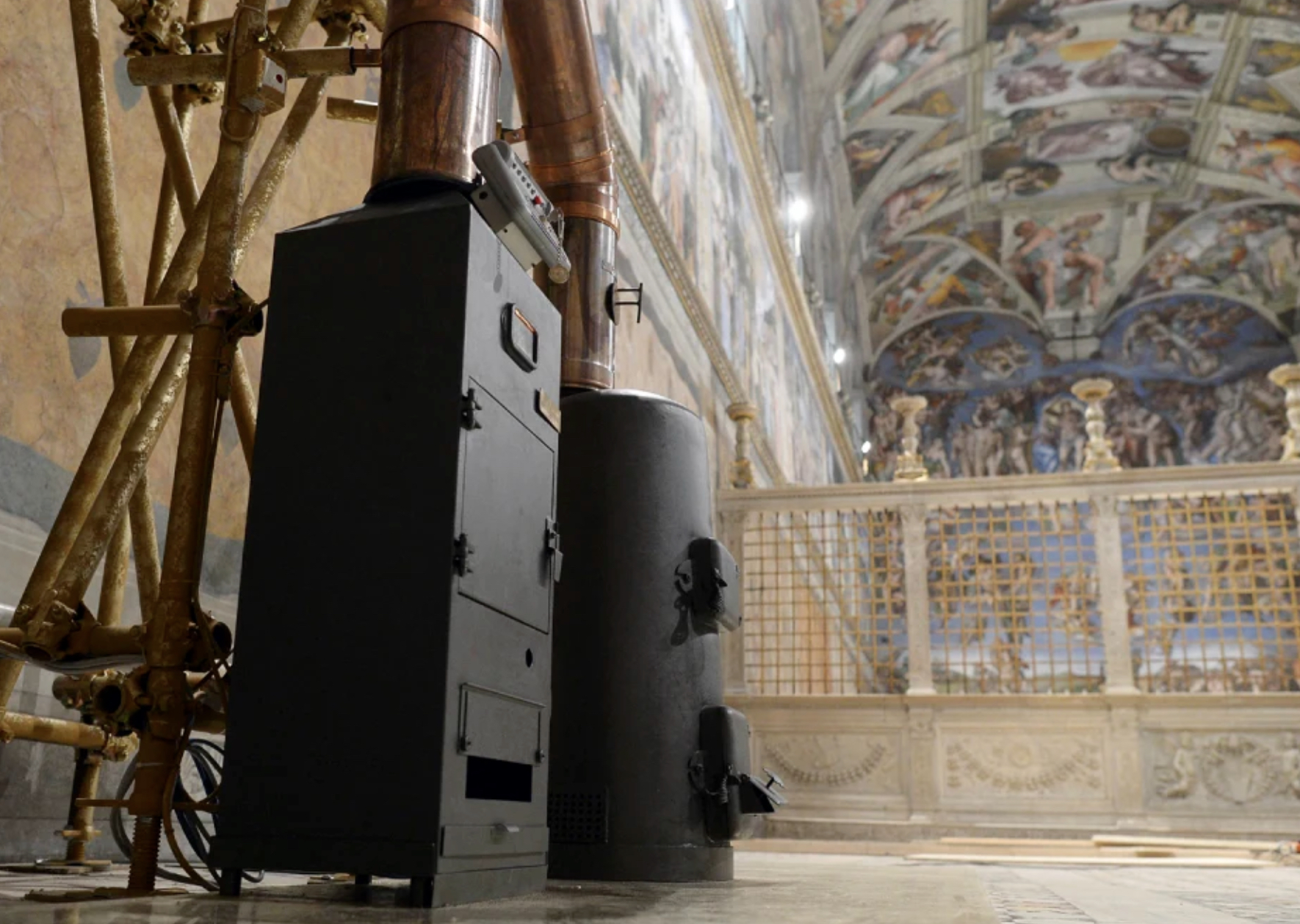
The temporary stoves are placed in the Sistine Chapel to produce the smoke for the expectant crowds
The cardinals are sequestered away from the public inside the Sistine Chapel, and their only means of communicating a failed or successful ballot is via a smoke signal sent from a stove inside the Chapel. Black smoke indicates an inconclusive ballot, and white smoke announces to the world that a new pope has been chosen. While the smoke used to be produced using dry or wet straw, since 1978, the process has included chemical canisters.
What Does 'Habemus Papam' Mean?
"We have a Pope!" This is the announcement in Latin proclaimed from the loggia of St. Peter's Basilica by the "protodeacon" of the College of Cardinals. He will then announce in Latin the Pope's birth name, followed by the name he has chosen to be known by as Pope.
What is the 'Urbi et Orbi', and What Does it Mean?
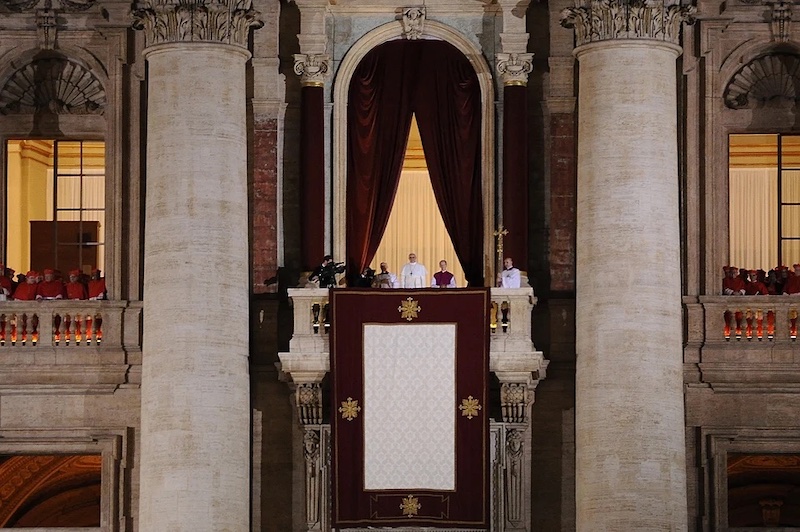
"To the City (Rome) and the World." This is the Latin name for the Papal address and blessing delivered from the loggia of St. Peter's Basilica. This will be the first time the world sees and hears from the new Pope. The "Urbi et Orbi" blessing is delivered on two other occasions each year: on Easter Sunday and Christmas Day.
We hope you enjoyed our history of papal conclaves! Stay tuned across our blog and social media channels for updates on the upcoming conclave and the election of the next pope as we wait for the white smoke to rise once more. The next chapter is about to be written.
MORE GREAT CONTENT FROM THE BLOG:
- Pope Francis Biography
- A History of Conclave
- 10 Popes Who Shaped Rome
- What to See in the Vatican Museums
- A Pilgrim and Tourists Guide to Jubilee 2025
- 7 Things You Need to See in St. Peter's Basilica
- The History of St. Peter's Basilica
- Hidden Masterpieces of the Vatican Museums
